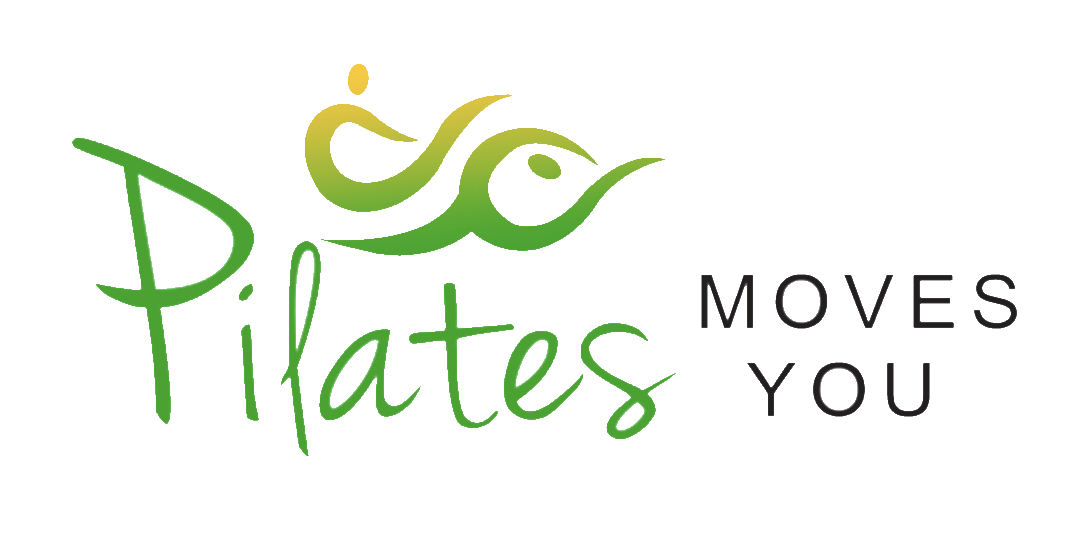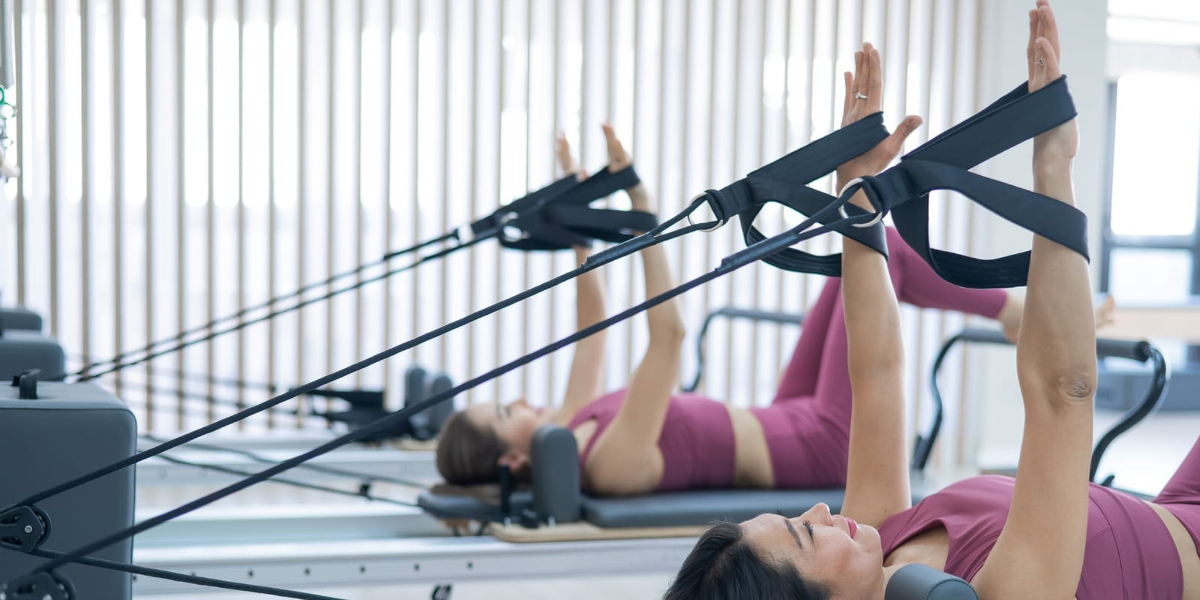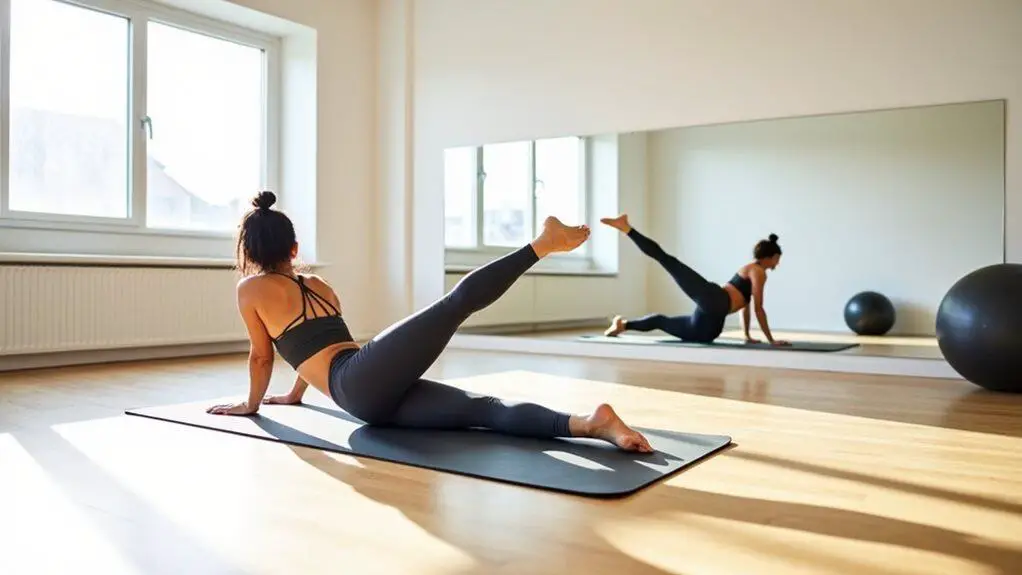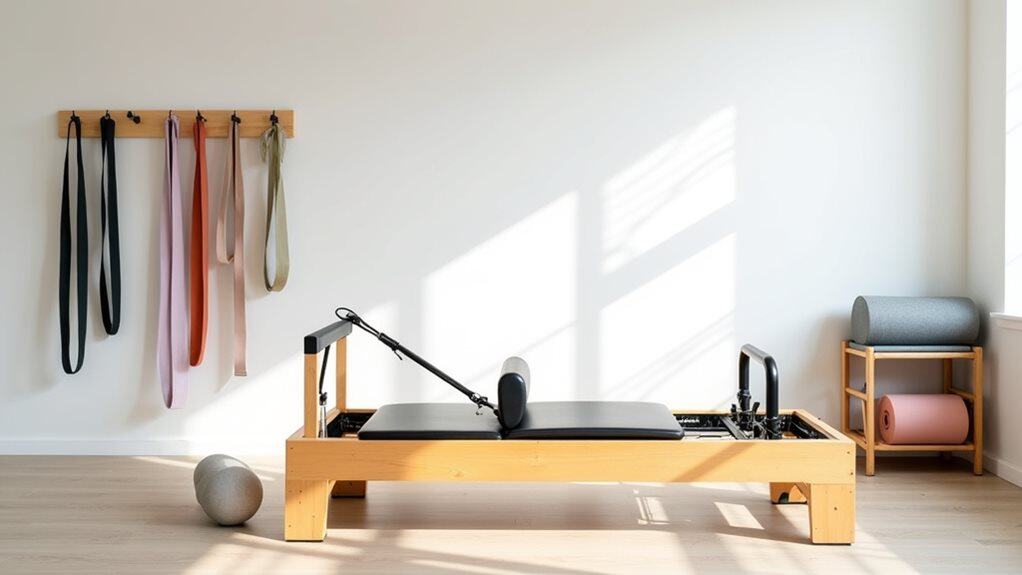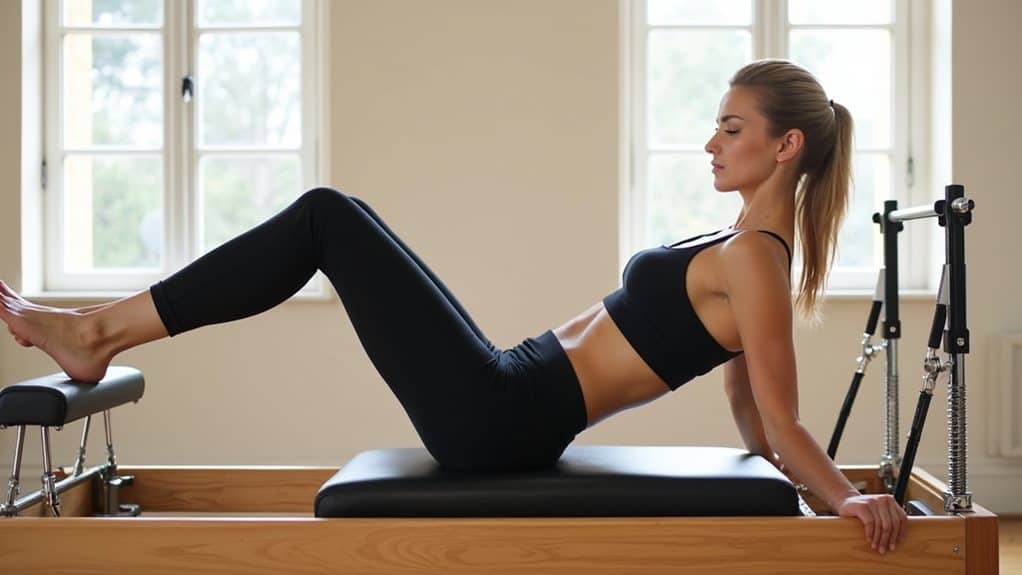Pilates, with its promise of lean muscles, improved posture, and enhanced flexibility, has firmly established itself in the fitness world, and the Reformer—a sophisticated apparatus with its system of springs, ropes, and pulleys—is a testament to this discipline’s ingenuity. But did you know that the variety of handles on a Pilates Reformer can significantly influence your workout?
Whether you’re a seasoned practitioner or a curious newcomer, understanding the nuances of Reformer handles can transform your Pilates experience. In this article, we’ll explore the different types of Pilates Reformer handles and help you discern which aligns with your fitness goals, comfort level, and the unique contours of your journey to physical well-being.
Anatomy of a Pilates Reformer: Understanding Handle Types
At first glance, the Pilates Reformer might seem like a single, unchanging piece of equipment. However, the subtleties of its design, particularly the handles, play a crucial role in the effectiveness of your workout. The handles are your contact points with the machine, acting as conduits for your body’s interaction with the Reformer’s resistance system. They come in various shapes and sizes, each with unique benefits and applications.
The most common handle types you’ll encounter are the traditional loop, the double loop, and the foam grip handle. Traditional loops are simple padded circles that provide a straightforward grip for hands or feet, promoting exercise versatility. Double loops offer a separate foothold, allowing quick transitions between hand and foot exercises without adjusting the straps. On the other hand, foam grip handles are solid bars enveloped in soft foam, offering a sturdy grip that some find more comfortable for the hands and beneficial for grip strength.
Each type of handle supports a different range of motion and user experience. For instance, individuals with joint concerns may prefer the padded comfort of foam grips. At the same time, those looking to challenge their stability might opt for the traditional loop for an added layer of difficulty. The choice of handle can also affect the precision of movement, the alignment of the wrists, and the overall intensity of muscle engagement. Understanding these nuances will guide users in selecting the appropriate handle type to maximize the benefits of their Pilates Reformer exercises.
Ergonomics and Comfort: Matching Handles to Your Grip
The importance of ergonomically designed handles must be balanced when maximizing the benefits of a Pilates Reformer workout. A handle that matches your grip can drastically improve your exercise experience, ensuring comfort, enhancing performance, and reducing the risk of strain. Here’s how different handle designs cater to various needs:
- Contoured Handles for Enhanced Grip:
- Ideal for individuals with smaller hands or limited wrist mobility.
- Ergonomically sculpted to align with the natural curve of the palm.
- It helps in evenly distributing tension, reducing wrist and forearm strain.
- Padded and Non-Slip Materials:
- It is crucial for preventing blisters and enhancing grip stability.
- Beneficial for longer or more intense workout sessions.
- It offers additional comfort, allowing for a focus on core engagement and muscle activation.
- Adjustable Features for Personalized Fit:
- It lets users modify the handle according to their grip size and strength.
- It is particularly useful in studios or shared equipment scenarios.
- Allows for a more individualized and effective workout experience.
- Solid vs. Loop Handles:
- Solid handles (like foam grips) provide a firm, stable hold, ideal for strength-focused exercises.
- Loop handles offer more flexibility and are better suited for dynamic, flowing movements.
- Material Considerations:
- The choice of material (foam, rubber, wood) impacts grip comfort and durability.
- Users with sensitive skin or allergies may prefer hypoallergenic materials.
- The material can also affect the weight and balance of the handle, influencing exercise execution.
By understanding these aspects, Pilates practitioners can decide which handle best suits their grip and overall workout needs.
Material Matters: From Foam to Wood – What’s in a Handle?
The material of a Pilates Reformer handle isn’t just about aesthetics; it’s a key factor that impacts grip, comfort, durability, and even the effectiveness of your workout. Different materials cater to diverse preferences and needs, making the choice an essential aspect of your Pilates journey. Let’s explore the common materials used in Reformer handles:
Foam Handles:
- Offer a soft, cushioned grip that is gentle on the hands.
- It is ideal for those who prefer comfort or have sensitive skin.
- The foam can compress over time, requiring replacement or maintenance.
Wooden Handles:
- They are known for their durability and sturdy feel.
- Popular in classical Pilates studios for their traditional aesthetic.
- They may be less forgiving on the hands but offer a strong, stable grip.
Rubber Handles:
- Provide a non-slip surface, ensuring a secure grip even with sweaty hands.
- More resistant to wear and tear compared to foam.
- Rubber can be firmer, offering more feedback and resistance during exercises.
Metal Handles:
- Often found in combination with other materials, like foam or rubber coverings.
- Offer high durability and stability.
- The metal core can add weight to the handle, influencing the feel and momentum of the exercises.
Plastic Handles:
- Lightweight and easy to clean, suitable for high-usage environments like gyms.
- It is less expensive but might offer a different level of comfort or grip quality than other materials.
- It may not be as durable as wood or metal.
Each material brings its own set of advantages and limitations. Foam and rubber are great for comfort and grip, wood and metal for durability and traditional feel, and plastic for practicality and cost-effectiveness. Ultimately, the choice depends on personal preference, the type of exercises you perform, and how you want your Reformer experience to feel. Whether it’s the soft embrace of foam or the solid assurance of wood, the right material can greatly enhance your Pilates practice.
Specialized Handles for Targeted Training: Pros and Cons
Specialized handles on a Pilates Reformer can significantly enhance your workout by targeting specific muscles or adding variety to your routine. However, like any equipment choice, they come with their own set of pros and cons. Let’s delve into some of these specialized handles and weigh their advantages and disadvantages:
- Rotating Handles:
Pros:
- Allow for a greater range of motion, enhancing joint mobility and flexibility.
- It is ideal for advanced exercises targeting rotational strength and coordination.
- It can help in developing more dynamic and functional movement patterns.
Cons:
- It may be challenging for beginners to use safely and effectively.
- Generally more expensive than standard handles.
- It requires more control and stability, which could be intimidating for some users.
- Weighted Handles:
Pros:
- Add resistance to exercises, increasing strength training intensity.
- It can help improve muscle tone and endurance.
- It is beneficial for advanced users looking to add an extra challenge.
Cons:
- They are not recommended for beginners as they can lead to muscle strain if used improperly.
- It may alter the traditional Pilates movements and mechanics.
- Additional weight could be hard on the joints, especially those with existing conditions.
- Ergonomic Shaped Handles:
Pros:
- They are designed to reduce wrist strain and improve grip comfort.
- Helpful for people with arthritis or grip strength issues.
- Can improve alignment and exercise execution.
Cons:
- It may not be suitable for all hand sizes and shapes.
- Typically more expensive than traditional handles.
- Limited versatility in some types of exercises compared to universal handles.
- Foot Straps and Loops:
Pros:
- It is ideal for lower body exercises, enhancing leg alignment and muscle engagement.
- Great for rehabilitation exercises focusing on leg and hip strength.
- It helps in achieving precise leg and foot placement.
Cons:
- It is less useful for upper-body workouts.
- It can be cumbersome to adjust for different exercises or users.
- It may require additional cleaning and maintenance due to contact with feet.
Understanding these pros and cons is crucial for selecting the right handle type that complements your training goals. While specialized handles offer targeted benefits, it’s important to consider your skill level, physical condition, and overall objectives in Pilates practice to make the most informed and beneficial choice.
| Type of Handle | Pros | Cons |
| Rotating Handles | – Enhances joint mobility and flexibility. – Ideal for rotational strength and coordination – Develop dynamic movement patterns. | – Challenging for beginners. – More expensive than standard handles. – Requires higher control and stability. |
| Weighted Handles | – Increases strength training intensity. – Improves muscle tone and endurance -Adds an extra challenge for advanced users. | – It is unsuitable for beginners, and there is a risk of strain. – Can alter traditional Pilates mechanics – Potentially hard on joints. |
| Ergonomic Shaped Handles | – Reduces wrist strain and improves grip comfort. – Helpful for arthritis or grip issues. – Improves alignment and execution. | – Might not fit all hand sizes/shapes. – Typically more expensive. – Limited versatility in some exercises. |
| Foot Straps and Loops | – Ideal for lower body exercises, enhances alignment. – Great for leg and hip rehabilitation. – Ensures precise leg and foot placement. | – Less useful for upper body workouts – Cumbersome to adjust. – Requires more cleaning and maintenance. |
Sources:
https://modernreform.com/pages/the-ultimate-sizing-and-features-guide-to-pilates-reformers
https://gymdesk.com/blog/the-ultimate-guide-to-pilates-reformers/
https://www.verywellfit.com/the-anatomy-of-a-pilates-reformer-2704445
